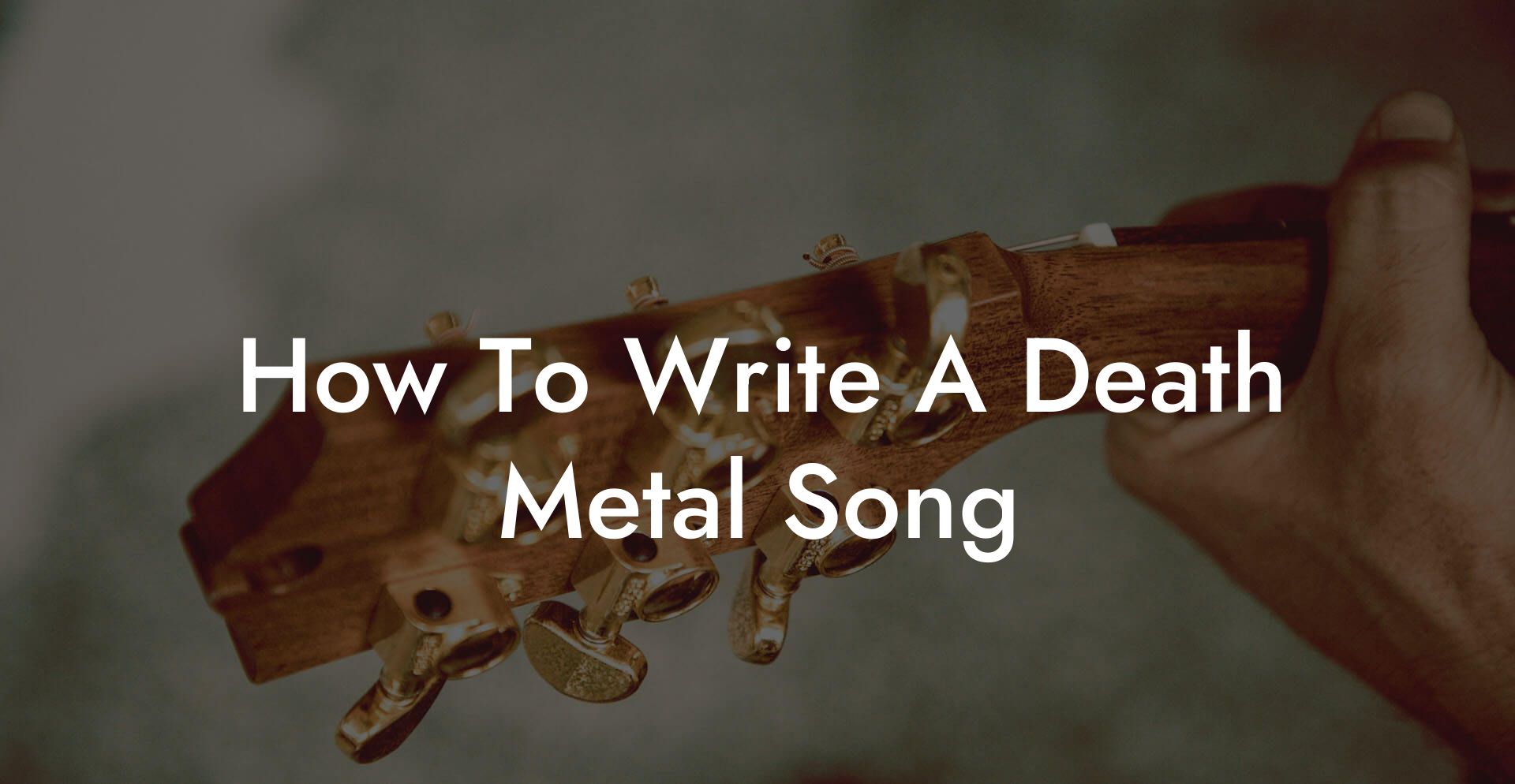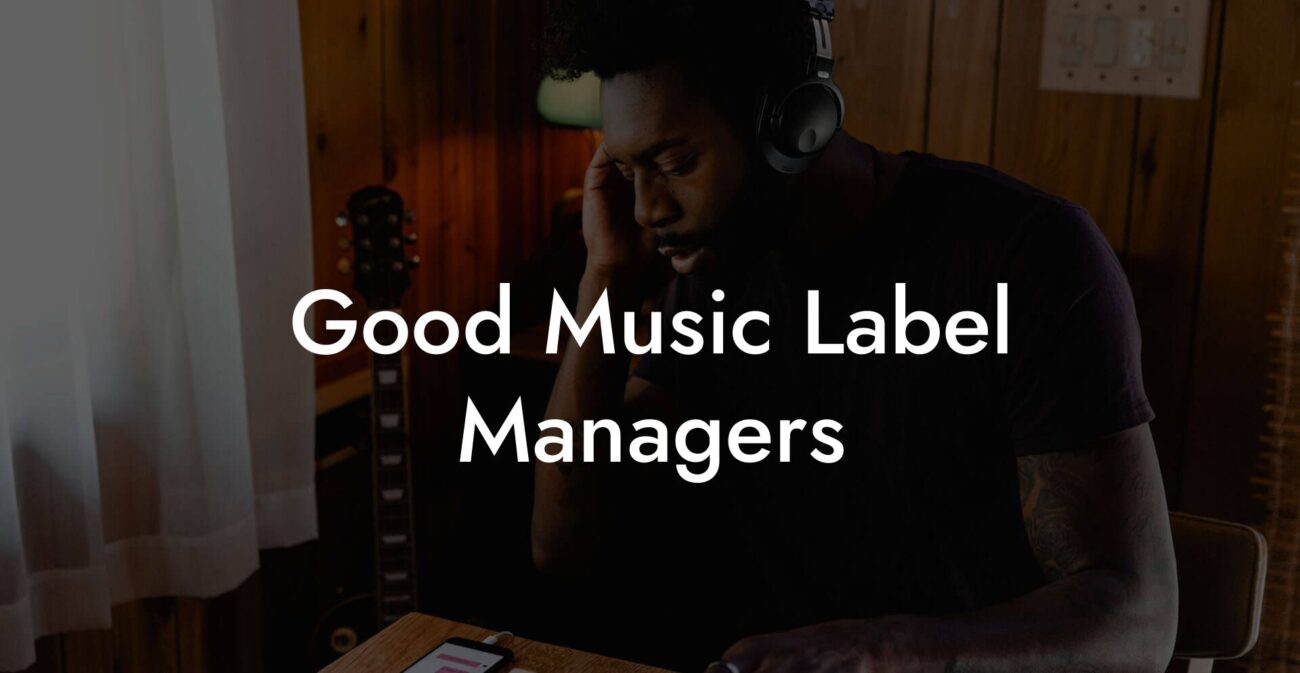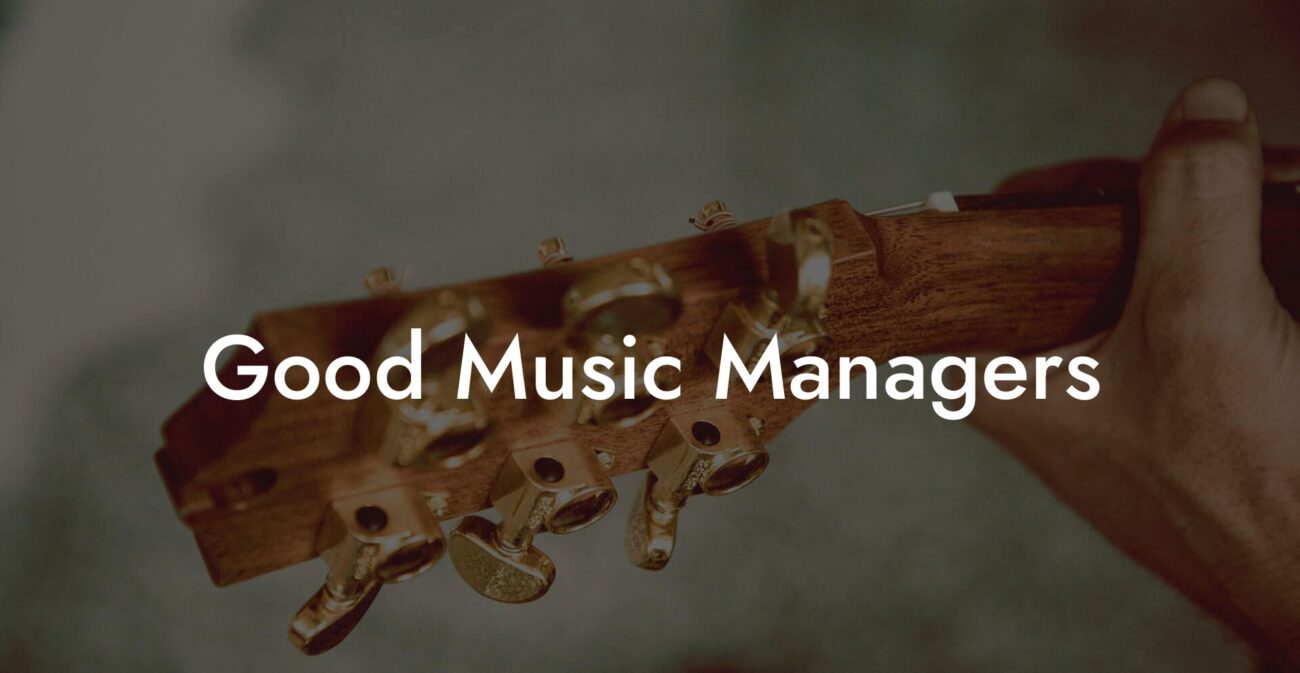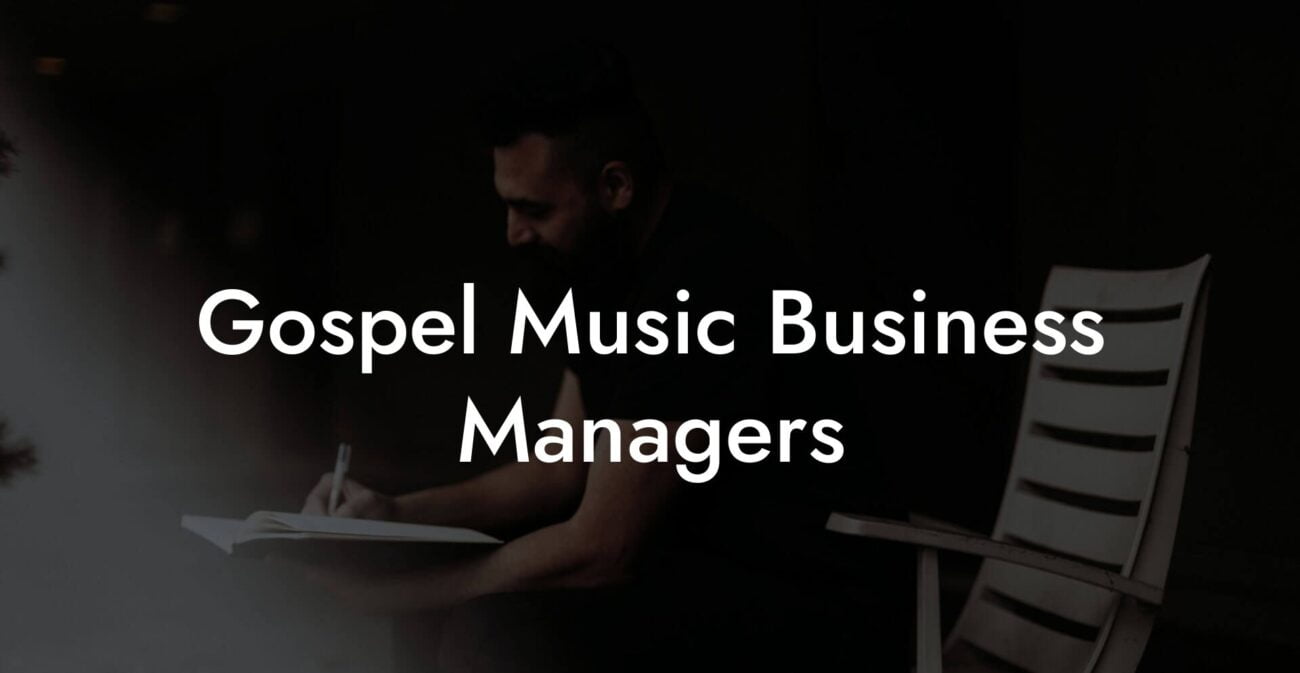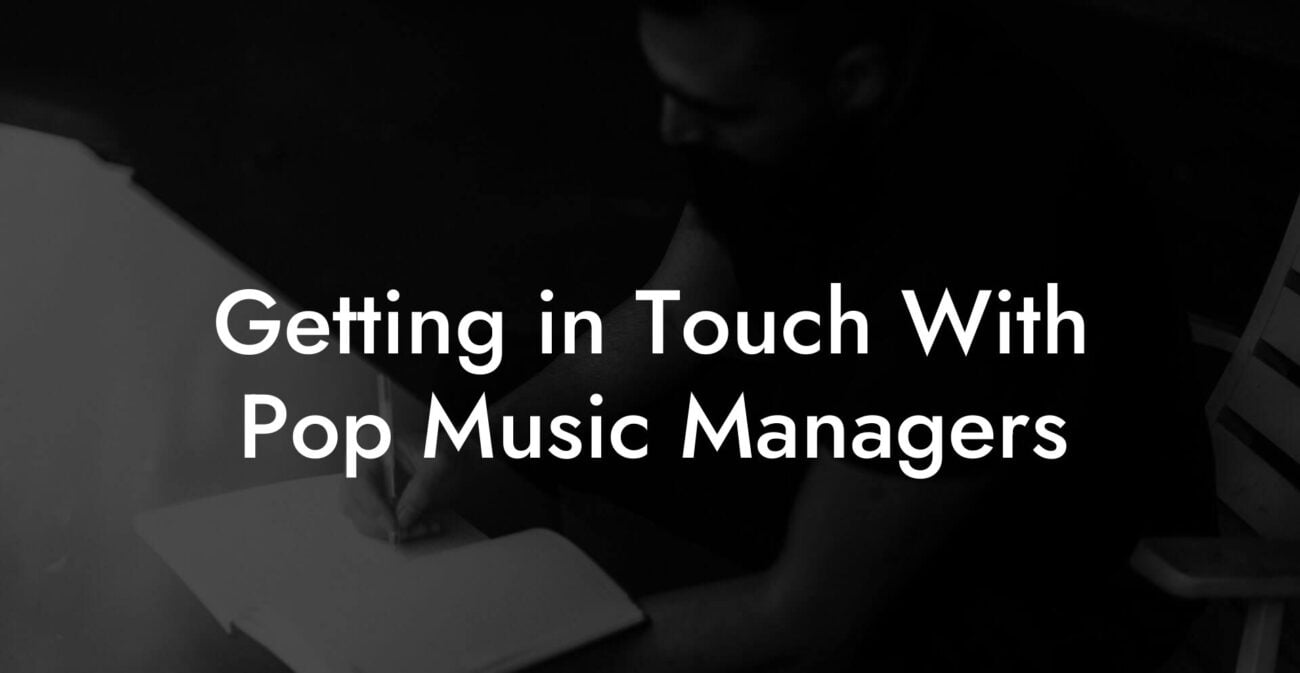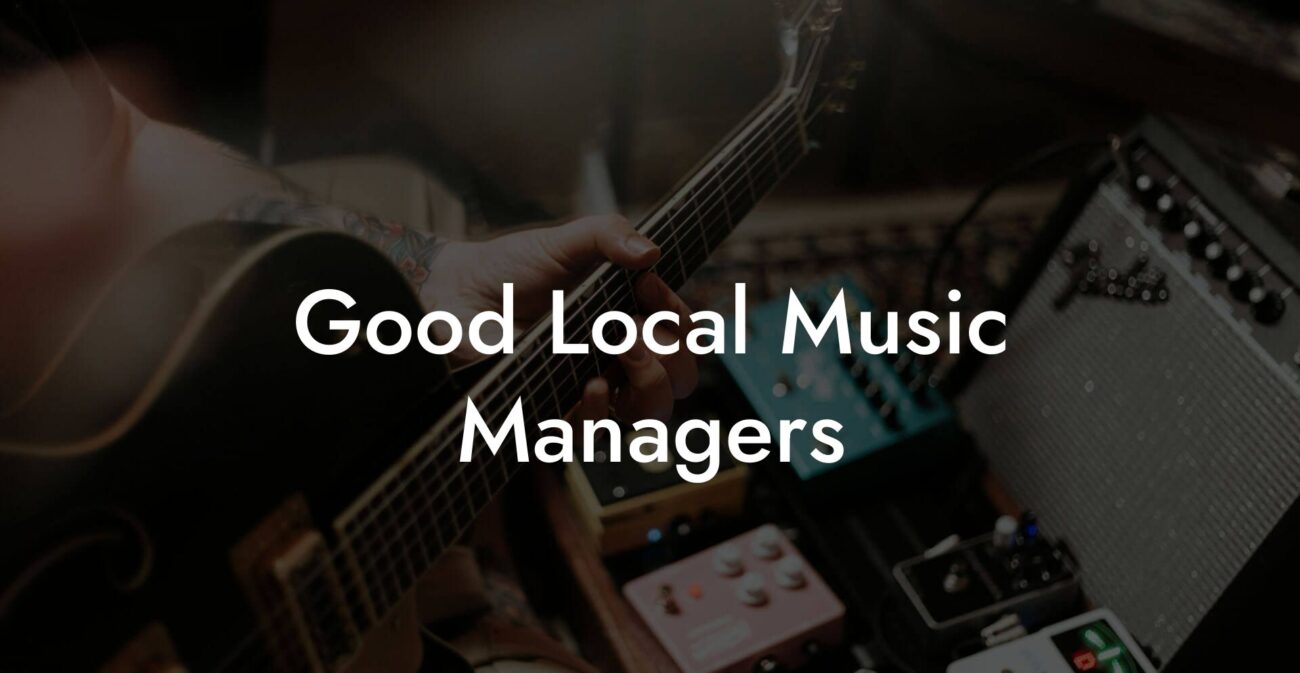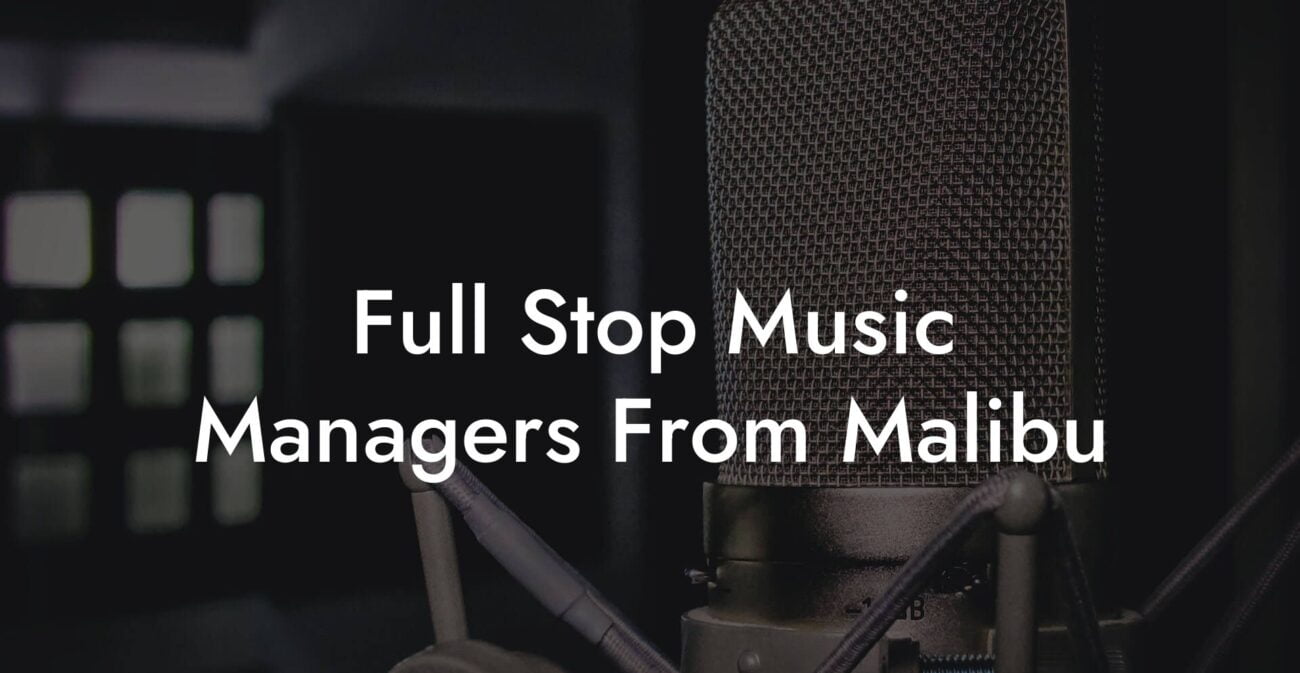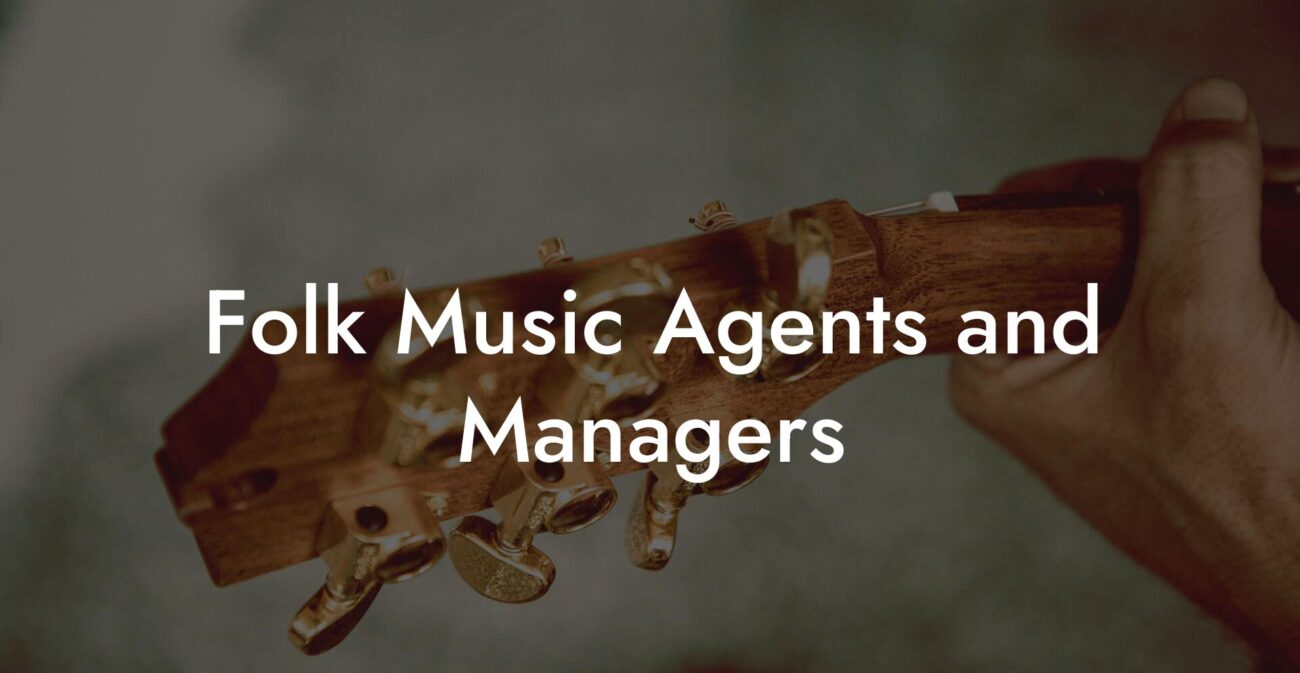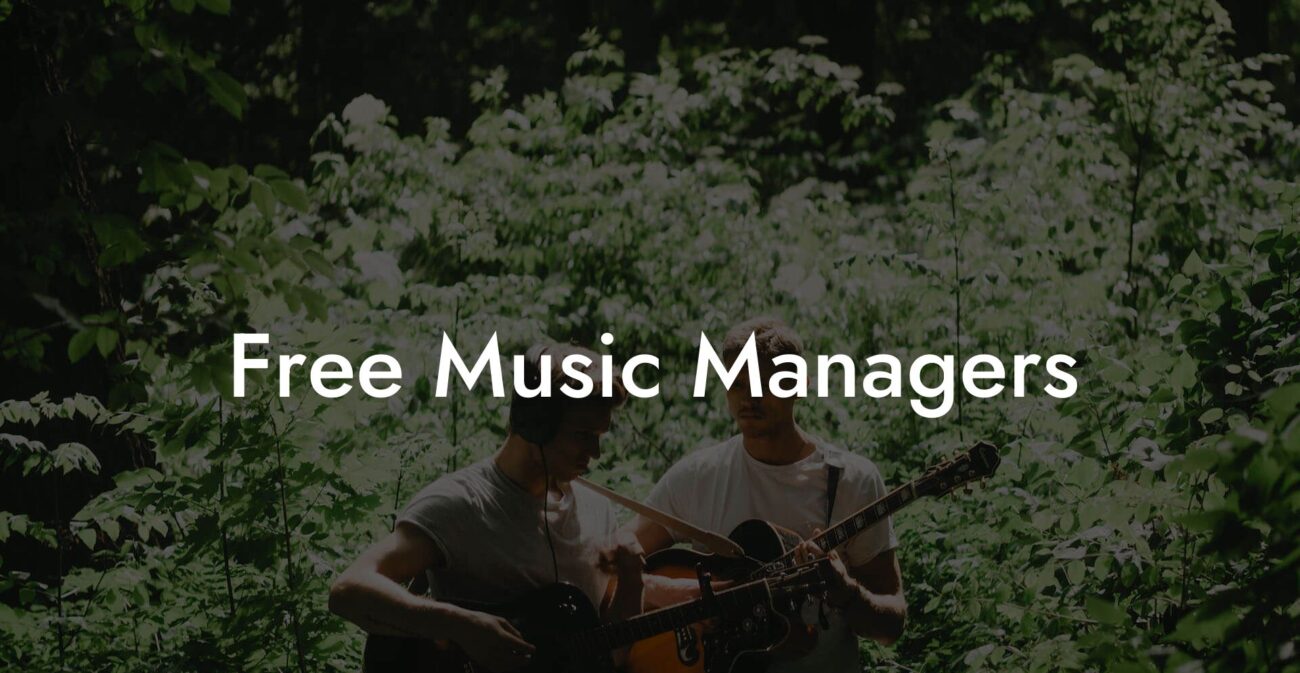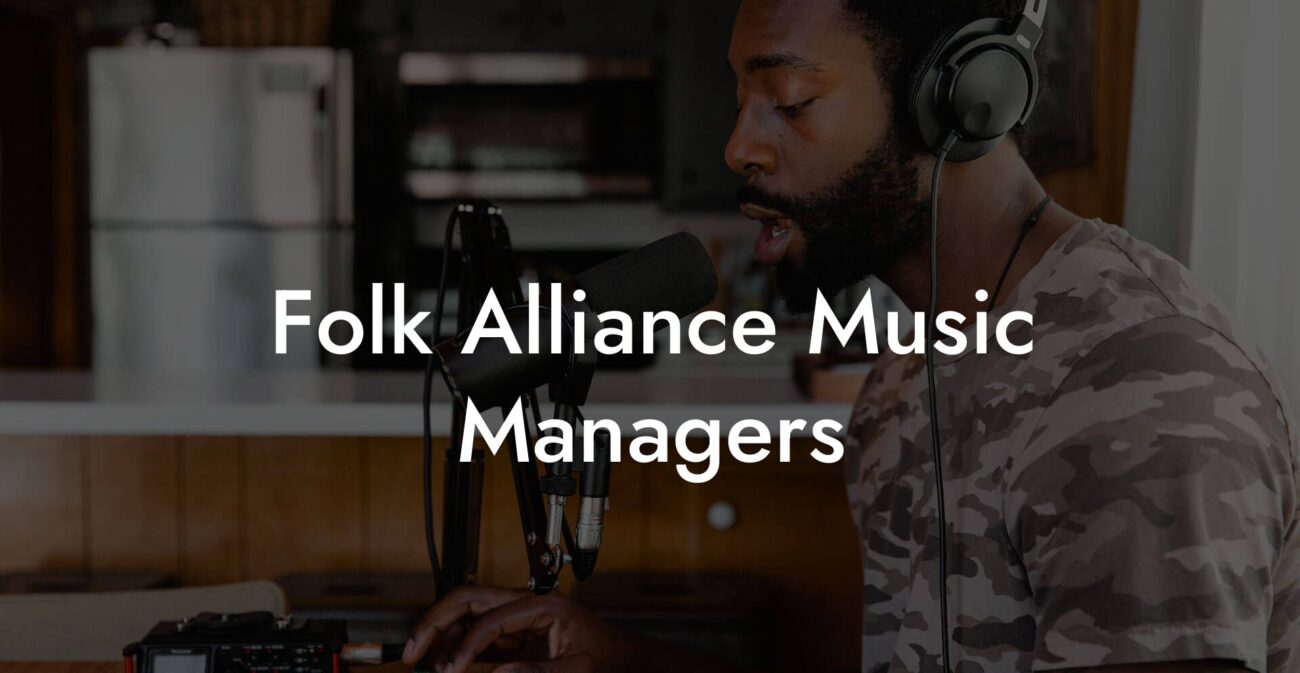Ready to unleash your inner beast and craft the most brutal, bone-crushing death metal song ever? Whether you’re a bedroom shredder, a vibe-seeking Gen Z rebel, or a millennial raising havoc in your local dive bar, this guide is your one-stop mosh pit for death metal songwriting mastery. Here, we dive deep into dissecting the sonic DNA of death metal—from guttural growls to seismic riffs—and sprinkle in enough humor, geeky insights, and practical advice to help your lyrics rip through the silence like a chainsaw through metal. So, grab your guitar, fire up Lyric Assistant, and let’s turn on the distortion as we break down how to write a death metal song that’s as epic and unapologetic as you are.
Looking to write your next song? Transform your creative ideas into songs that people will love, and skyrocket your music career with Lyric Assistant. The perfect songwriting assistant. Find out more →
Quick Links to Useful Sections
- Understanding the Dark Heart of Death Metal
- Getting in the Headspace: Cultivating a Death Metal Mindset
- 1. Embrace the Chaos
- 2. Break the Rules
- 3. Reflect Raw Emotions
- 4. Find Inspiration in the Unlikely
- Lyrics That Scream: Crafting Your Death Metal Verses
- Channel the Grit and the Gore
- Experiment with Metaphor and Symbolism
- Embody the Persona
- Rhyme and Rhythm in the Dark
- Unleashing Instrumentation: Riffs, Drums, and Bass that Amplify the Anguish
- Guitar: The Architect of Mayhem
- Drums: The Heartbeat of the Apocalypse
- Bass: The Subterranean Underpinning
- Structuring Your Song: From Chaotic Beginnings to Apocalyptic Climaxes
- Intro: Setting the Darkness in Motion
- Verse: Lowering the Veil on the Narrative
- Chorus/Hook: The Explosive Refrain
- Bridge: The Interlude of Dissonance
- Outro: The Descent Into Silence
- Inspiration & Techniques: Sparking Your Inner Demonic Muse
- Tap Into Personal Turmoil
- Study the Pioneers
- Experiment with Sound Collage
- Collaborate and Brainstorm
- Tools and Tech: Elevate Your Creation with the Right Gear
- Lyric Assistant: Your Digital Muse
- Digital Audio Workstations (DAWs)
- Virtual Instrument Plugins
- Recording Gear & Effects
- Performance and Production: Taking Your Song from the Studio to the Stage
- Live Performance: Embracing the Mayhem
- Studio Production: Bringing Clarity to Chaos
- Post-Production Magic
- Collaborating with Like-Minded Moshers: Community and Feedback in Songwriting
- Join Online Forums and Social Media Groups
- Work with Fellow Musicians
- Seek Out Mentorship
- Integrative Case Studies: Legendary Death Metal Songwriting Journeys
- Case Study 1: From Basement Riffs to Global Shockwaves
- Case Study 2: Reinventing the Genre Through Digital Innovation
- Case Study 3: The Lyricist’s Journey from Scribbled Notebooks to Cult Status
- Resources and Community Support: Your Next Steps
- Online Tutorials and Masterclasses
- Metal Music Forums and Social Media Groups
- Local Music Workshops and Jam Sessions
- Lyric Assistant: Your Constant Companion
- Frequently Asked Questions About Writing a Death Metal Song
- Your Next Steps on the Path to Death Metal Mastery
Understanding the Dark Heart of Death Metal
Before you can summon the spirit of death metal, you need to understand its dark origins and core philosophy. Born out of rebellion in the mid-1980s, death metal is more than just music—it’s a cathartic medium through which you embrace the chaos of life, challenge societal norms, and let out your inner aggression. This genre strips away the niceties of mainstream rock and leaves you with raw sound, unrelenting energy, and lyrics that explore everything from occult mysticism to existential dread.
At its core, death metal is a celebration of extremes: extreme speed, extreme heaviness, and extreme lyrical themes. The distorted guitar riffs, the deep guttural vocals, and the blast beat drumming all work together to create an atmosphere that feels like a sonic apocalypse. When writing a death metal song, you’re not just constructing a melody—you’re building an auditory fortress that encapsulates intensity, raw emotion, and unfiltered aggression.
Embracing death metal means accepting the beauty of chaos and the power of raw expression. It’s about finding your voice in the noise and letting your creative demons run wild. Whether you’re channeling a personal rebellion or tapping into ancient legends, understanding the ethos of death metal is the first step on your journey to creating a song that transcends boundaries and defies convention.
Getting in the Headspace: Cultivating a Death Metal Mindset
Songwriting in the death metal realm isn’t simply about slamming chords together—it’s a state of mind. The death metal mindset requires you to embrace the dark, the controversial, and the raw truth of your inner world. Here’s how you get into that perfectly twisted zone:
Write Lyrics Like a Professional Songwriter
The ultimate songwriting tool that takes your creative vision to the next level! With just a few clicks, you can unleash your inner songwriter and craft a hit that's uniquely yours. Your song. You own it.
1. Embrace the Chaos
Don’t shy away from the darkness. Instead, let it fuel your creativity. Think of chaos as your muse—an ever-present, uncontrollable force that beckons you to create something that leaves everyone else in the dust of its sonic brutality.
2. Break the Rules
Death metal thrives on subversion. Forget traditional song structures and predictable themes. Instead, disrupt convention and allow your lyrics and compositions to be as unconventional and unpredictable as a lightning storm on a moonless night.
3. Reflect Raw Emotions
Whether you’re dealing with personal demons or societal frustrations, transplant those emotions directly into your music. The more raw and unfiltered your feelings, the more authentic and visceral your death metal anthem will be.
4. Find Inspiration in the Unlikely
Inspiration can come from horror films, mythology, urban decay, or even your worst day at work. Let the everyday macabre and the bizarre become the building blocks of your lyrical horror.
Cultivating a death metal mindset is about tearing down the walls that limit creativity. Fill your mind with images of dystopian landscapes, apocalyptic battles, and unyielding rebellion. The darker and more unconventional, the better—and soon, the furious, visceral spirit of death metal will be yours to command.
Lyrics That Scream: Crafting Your Death Metal Verses
In death metal, lyrics are not simply words—they are incantations that summon a legion of undead emotions. Crafting these lyrics requires a fearless approach to language and imagery. Here’s how to elevate your wordplay into something truly infernal:
Channel the Grit and the Gore
Don’t be afraid to get graphic. Whether it’s vivid descriptions of decay, rituals of the damned, or post-apocalyptic narratives, your lyrics should pull no punches. Think in terms of brutal imagery that not only shocks but also paints a detailed picture of the carnage unfolding.
Experiment with Metaphor and Symbolism
The best death metal lyrics often operate on multiple levels. Use metaphors and allegories to offer a deeper commentary on life, death, and everything in between. This duality of meaning doesn’t just create shock value—it gives your song an intellectual edge that resonates with a crowd that craves both depth and delivery.
Embody the Persona
Whether you’re channeling a nihilistic anti-hero or a demonic oracle, adopt a persona that embodies the dark themes of your song. This character will be the voice of your narrative, lending a consistent tone and energy to every verse.
Rhyme and Rhythm in the Dark
Experiment with non-traditional rhyme schemes and rhythmic patterns that mirror the unpredictable nature of death metal. While conventional songwriting might favor simple couplets, death metal allows you to play with dissonance both in sound and structure, reinforcing the overall chaotic atmosphere of the track.
Remember, your lyrics should be as relentless as the heavy riffs that accompany them. Use vivid language, unsettling imagery, and a touch of absurdity to create verses that leave listeners pondering—and perhaps even questioning—the very nature of existence.
Unleashing Instrumentation: Riffs, Drums, and Bass that Amplify the Anguish
A death metal song’s backbone is its instrumentation. The sonic assault delivered by distorted guitars, thunderous drumming, and ground-shaking bass lines sets the stage for the lyrical onslaught. Here’s how to arm your track with the necessary soundscapes:
Guitar: The Architect of Mayhem
In death metal, no riff is too heavy, no solo too intricate. Your guitar work needs to be both technically precise and emotionally charged. Experiment with rapid tremolo picking, dissonant chord progressions, and palm-muted chugging that resonates with raw power.
Drums: The Heartbeat of the Apocalypse
Drumming in death metal is an art form unto itself. The blast beats, syncopated rhythms, and apparatus of double bass pedals serve as the pulse of your creation. These rapid-fire rhythms aren’t just background noise—they drive the relentless forward momentum of your song.
Bass: The Subterranean Underpinning
Bass lines in death metal are critical for adding depth and density to your sound. They bridge the gap between the chaotic aggression of the guitars and the kinetic energy of the drums, grounding your track while intensifying its dark aura.
When combined, these instruments craft a sound that is both intricate and overwhelming—a perfect reflection of the death metal spirit. Always remember that precision in your playing is just as important as the raw, unbridled energy you bring to the table.
Structuring Your Song: From Chaotic Beginnings to Apocalyptic Climaxes
Unlike mainstream songs with predictable verse-chorus structures, death metal thrives on unpredictability. Crafting your song structure is about balancing chaos with control—creating dynamic shifts and unexpected twists that keep your listeners on their toes.
Intro: Setting the Darkness in Motion
Your intro should be a slow, creeping build-up that gradually envelops your audience in an aura of impending doom. Utilize eerie soundscapes or atmospheric noise before the weight of the heavy riffs crashes in, establishing the mood before the onslaught begins.
Verse: Lowering the Veil on the Narrative
In your verses, set up the story or thematic essence of your song. Use these sections to outline the dark narrative or to convey existential dread. The tempo here might slow down, allowing your lyrical story to develop while the instrumentation maintains an undercurrent of tension.
Chorus/Hook: The Explosive Refrain
The chorus is where all the pent-up aggression is unleashed. It should be an explosion of sound and emotion—a visceral, memorable refrain that anchors your song and echos long after the track ends.
Bridge: The Interlude of Dissonance
A well-crafted bridge offers a brief respite from the main chaos before plunging back into the full fury of the track. Use it to experiment with different tempos, delve deeper into your themes, or even incorporate a mesmerizing instrumental solo that leaves the audience both breathless and yearning for more.
Outro: The Descent Into Silence
Just as the intro builds tension, the outro should gradually bring your epic to a reflective halt. This can be a slow fade into eerie silence or an abrupt cut—a sonic representation of the cycle of life and death that defines the genre.
Remember, your song structure is a canvas where you balance experimentation with familiarity. It’s about taking your listeners on a roller coaster ride through the extremes of emotion and sound, leaving them with an unforgettable, pulse-pounding experience.
Inspiration & Techniques: Sparking Your Inner Demonic Muse
Even in the midst of chaos, every death metal artist searches for that elusive spark—an idea so wild, so intense, it ignites the spark to create something extraordinary. Here are some techniques to get your creative inferno blazing:
Tap Into Personal Turmoil
Sometimes, the most cathartic death metal tracks are born from our own struggles. Embrace your personal demons and transform your pain, anger, or disillusionment into lyrics and soundscapes that resonate on a deeply human level. Authenticity is your best weapon.
Study the Pioneers
Listen to the classics: Cannibal Corpse, Morbid Angel, and Death have paved the way with their uncompromising approach to music and storytelling. Analyze their song structures, lyrical themes, and how they use dynamics to create suspense and release. Let their work serve as both inspiration and a benchmark for your own experiments.
Experiment with Sound Collage
Don’t be afraid to mix in unexpected audio elements—samples, spoken word passages, or even snippets of horror movie dialogues—to create an eclectic tapestry that defines your sound. These experiments can give your tracks an avant-garde vibe that sets you apart from run-of-the-mill death metal songs.
Collaborate and Brainstorm
Sometimes the best ideas come from bouncing creative energy off others. Share your concepts with fellow musicians, join death metal songwriting forums, or use platforms like Lyric Assistant to refine your ideas. The exchange of ideas often leads to unexpected innovations and breakthroughs.
By merging personal experience with a healthy dose of experimentation and collaboration, you can unlock a treasure trove of ideas that fuel your songwriting endeavors. Whatever your source of inspiration, let it drive you to create lyrics and music that not only reflect the darkness within but also captivate and astonishingly liberate your audience.
Tools and Tech: Elevate Your Creation with the Right Gear
In the modern age, the path to a killer death metal song isn’t paved solely with brute talent—it’s also about leveraging the right tools. From digital audio workstations (DAWs) to virtual instruments, knowing how to integrate technology can be a game changer. Enter Lyric Assistant, your secret weapon in the songwriting arsenal.
Lyric Assistant: Your Digital Muse
Imagine having an around-the-clock collaborator who never sleeps, never tires, and can spit out heavy-hitting ideas at a moment’s notice. That’s Lyric Assistant. This intuitive platform is designed to help you brainstorm, structure, and refine your lyrics effortlessly—allowing you to focus on translating raw energy into a sonic masterpiece.
Digital Audio Workstations (DAWs)
Whether you’re a seasoned producer or a bedroom beat-maker, a robust DAW is essential. Programs like Ableton Live, FL Studio, and Pro Tools offer extensive features that enable you to layer tracks, edit with surgical precision, and experiment with effects that replicate that signature death metal sound.
Virtual Instrument Plugins
Modern production is rife with virtual instruments that replicate the intricate sounds of heavy guitars, booming drums, and deep bass lines. From amp simulators to drum machines, these plugins provide the flexibility to innovate without breaking the bank on studio time.
Recording Gear & Effects
High-quality microphones, preamps, and distortion pedals (or their digital equivalents) are essential to capturing the raw energy of your performance. Experiment with reverb, delay, and other modulation effects to add layers of complexity and texture to your sound.
Integrating the best of both analog and digital innovations ensures that your sound remains heavy, impactful, and professionally polished. With the right tools at your disposal, your creative process becomes a seamless blend of technology and artistry, paving the way for your next death metal opus.
Performance and Production: Taking Your Song from the Studio to the Stage
Writing a death metal song is only half the battle—the real test lies in performing it with the raw energy it demands. Whether you’re laying down tracks in a home studio or preparing to tear up the stage at a summer festival, here’s how to ensure your creation fires on all cylinders.
Live Performance: Embracing the Mayhem
Death metal performances are theatrical spectacles of power and passion. When you hit the stage, commit completely; every scream, every riff, and every beat should be delivered with an intensity that leaves the audience electrified. Perfect your stage presence and remember that your performance is an extension of your song’s narrative.
Studio Production: Bringing Clarity to Chaos
In the studio, carefully balance the raw energy of your performance with the clarity needed for a polished final product. Multi-tracking, precise mixing, and dynamic mastering techniques can transform a chaotic soundscape into a coherent, immersive experience without sacrificing the genre’s trademark intensity.
Post-Production Magic
Don’t underestimate the power of post-production. Advanced mixing tools and effects can highlight subtle details—like the grit in your vocals or the layered depth of your guitar solos—that elevate your track from simply heavy to monumentally influential.
Mastering both live performance and studio production is crucial to making your song accessible without diluting its ferocious spirit. It’s a balancing act that demands both technical know-how and an unwavering commitment to the genre’s raw, unadulterated ethos.
Collaborating with Like-Minded Moshers: Community and Feedback in Songwriting
Death metal isn’t a solitary art form—it’s a community-driven movement where every member contributes to the evolution of the sound. Collaboration is the secret ingredient that can elevate your songwriting, offering new perspectives and sparking ideas you might not have found on your own.
Join Online Forums and Social Media Groups
There are countless platforms where metalheads gather to discuss riffs, share lyrics, and trade production tips. Engage with these communities, get constructive feedback, and even collaborate on joint projects. Not only does this help you refine your craft, but it also fosters a sense of belonging within a network of artists who share your passion.
Work with Fellow Musicians
Each musician brings their own flavor to the table. Whether it’s a fellow guitarist with an affinity for shredding solos or a drummer who can thunder with unparalleled precision, finding the right collaborators can transform a good song into a death metal masterpiece. Jam sessions, collaborative songwriting endeavors, and even online collaborations can lead to unexpected breakthroughs.
Seek Out Mentorship
Sometimes, a seasoned veteran can provide insights that textbooks (and even Lyric Assistant) can’t. Don’t hesitate to reach out to those who have been on the front lines of the scene—they can offer invaluable advice, from refining your technique to nailing that authentic sound.
Embracing community collaboration not only enriches your creative process but also cements your place in the ever-evolving tapestry of death metal. The synergy created from shared passion and collective experience can propel your music to unprecedented levels.
Integrative Case Studies: Legendary Death Metal Songwriting Journeys
Sometimes, the most inspiring way to learn is by peering into the war stories of those who have already bled their art onto the canvas of death metal history. Let these case studies fuel your drive and reveal the diverse paths that lead to iconic tracks:
Case Study 1: From Basement Riffs to Global Shockwaves
Picture a band formed in a cramped, graffiti-splattered basement in the heart of a forgotten industrial town. Their early days were marked by relentless practice, crude recording setups, and a refusal to conform. Over time, their raw energy, fueled by an unyielding determination to challenge the status quo, morphed into a sound so distinct and powerful that it resonated across continents. By channeling personal adversity and forging a deep connection with their community, they evolved into pioneers whose tracks still inspire uprisings and headbanging sessions worldwide.
Case Study 2: Reinventing the Genre Through Digital Innovation
In today’s digital age, one underground artist transformed the production landscape of death metal by merging old-school brutality with modern technology. With the help of advanced DAWs, pioneering effects pedals, and—even more crucially—Lyric Assistant, he crafted songs that blended organic aggression with electronic experimentation. His willingness to experiment with non-traditional sounds and collaborate with international artists paved the way for a new subgenre, proving that innovation and tradition can coexist in perfect, eerie harmony.
Case Study 3: The Lyricist’s Journey from Scribbled Notebooks to Cult Status
For one enigmatic lyricist, the journey began with scribbles on discarded scraps of paper and a relentless desire to express life’s dark underbelly. Evolving through countless late-night writing sessions, workshop collaborations, and the insightful suggestions of Lyric Assistant, they eventually honed their craft to produce verses hailed for their poetic menace and intellectual depth. Their work not only captured the raw intensity of death metal but also resonated deeply with fans who found solace and strength in the unyielding honesty of their lyrics.
These case studies remind us that there’s no single road to death metal greatness. Inspiration can be drawn from anywhere—from the gritty hardcore of a basement rehearsal to the realms of digital innovation. Your journey is unique, but it shares the same undercurrent of raw passion and boundless creativity that defines the genre.
Resources and Community Support: Your Next Steps
Ready to take your death metal songwriting to the next level? Here’s your roadmap to further resources and community support that can help refine your craft and keep the creative fires burning:
Online Tutorials and Masterclasses
There’s a wealth of knowledge available on platforms like YouTube, Udemy, and specialized music forums that offer tutorials on everything from advanced guitar techniques to digital production methods specific to heavy music. These classes can help you break through creative barriers, learn new tricks, and fine-tune your sound.
Metal Music Forums and Social Media Groups
Platforms like Reddit, Facebook groups, and niche metal forums are excellent places to connect with other artists. Share your work, request feedback, and even collaborate on projects. The mutual support found in these communities is invaluable as you navigate your creative process.
Local Music Workshops and Jam Sessions
Look for local venues that host metal nights or workshops. Joining a jam session can expose you to new ideas, help you network with fellow musicians, and improve your improvisational skills—all of which can supercharge your songwriting.
Lyric Assistant: Your Constant Companion
Never underestimate the boost you get from having a trusty digital ally. Lyric Assistant is designed to help you brainstorm themes, refine your verses, and overcome writer’s block. With its cutting-edge features, you can transform raw ideas into jaw-dropping lyrics that capture the essence of death metal.
As you incorporate these resources into your creative journey, remember that every song you write is a step closer to mastering the art of death metal. Explore, experiment, and engage with the community—inspiration is all around you, waiting to be unearthed.
Frequently Asked Questions About Writing a Death Metal Song
We’ve compiled some of the burning questions most metalheads have when getting started on their death metal songwriting journey. Check out our FAQs below for quick answers and bite-sized insights!
1. How do I start writing a death metal song?
Begin by immersing yourself in the genre. Listen to classic and modern death metal artists, jot down ideas and phrases that evoke strong imagery, and don’t be afraid to think outside the box. Once you have a concept, use tools like Lyric Assistant to expand your ideas into full-blown lyrics.
2. What themes work best in death metal lyrics?
Themes that resonate include apocalypse scenarios, existential dread, supernatural horror, and personal turmoil. Your lyrics should be as edgy and raw as the music, capturing both the violence and the poetic ambiguity of the genre.
3. Do I need to follow a strict song structure?
Not at all! While many death metal songs feature dynamic shifts between verses, choruses, and instrumental bridges, the genre thrives on experimentation. Feel free to break traditional molds and structure your song in a way that best conveys your artistic vision.
4. How important is production quality in death metal?
While the raw energy of death metal is crucial, a well-produced track can enhance your sound without sacrificing its brutal edge. Balancing production quality with a raw aesthetic is key—modern tools can help you achieve that perfect mix.
5. Can I write my lyrics without any formal training?
Absolutely! Death metal celebrates raw, unfiltered expression over formalities. Rely on your instinct, emotion, and inspiration from fellow artists. Digital tools like Lyric Assistant can also bridge the gap by offering creative prompts and structure.
6. How do I overcome writer’s block?
Try writing in short bursts, taking walks, or even revisiting your favorite metal albums for inspiration. Experiment with different writing techniques, such as free writing or collaborative sessions, and let ideas flow without judgment.
7. What role does collaboration play in writing a death metal song?
Collaboration can be a game changer! Working with other musicians or lyricists can offer fresh perspectives and boost your creative output. Sharing ideas in a community—both online and off—can lead to breakthroughs that push your music to new, brutal heights.
Your Next Steps on the Path to Death Metal Mastery
With a newfound understanding of the genre’s philosophy, a toolkit packed with creative techniques, and an arsenal of digital resources like Lyric Assistant at your disposal, you are more than ready to embark on your death metal songwriting journey. Every riff you shred, every guttural line you pen, and every beat you drop is a step toward declaring your own personal revolution against mediocrity.
Embrace the process with relentless passion. Experiment with unconventional song structures, mix the chaotic with the harmonious, and never be afraid to break away from the norm. Every musician started somewhere, and your path will be as unique and uncompromising as the music you create.
Remember, death metal isn’t just a genre—it’s a lifestyle, a rebellion, and a celebration of raw artistic expression. Get out there, immerse yourself in the creative community, and push the boundaries of what’s possible. Your journey is your legend in the making, and the stage is set for you to unleash a sound that defies expectations.
So, strap on your metaphorical (or literal) leather jacket, gather your tools, and let your creativity scream louder than ever before. The world is waiting for your brutal masterpiece—now go forth and write a death metal song that echoes through the halls of eternity.
Write Lyrics Like a Professional Songwriter
The ultimate songwriting tool that takes your creative vision to the next level! With just a few clicks, you can unleash your inner songwriter and craft a hit that's uniquely yours. Your song. You own it.

